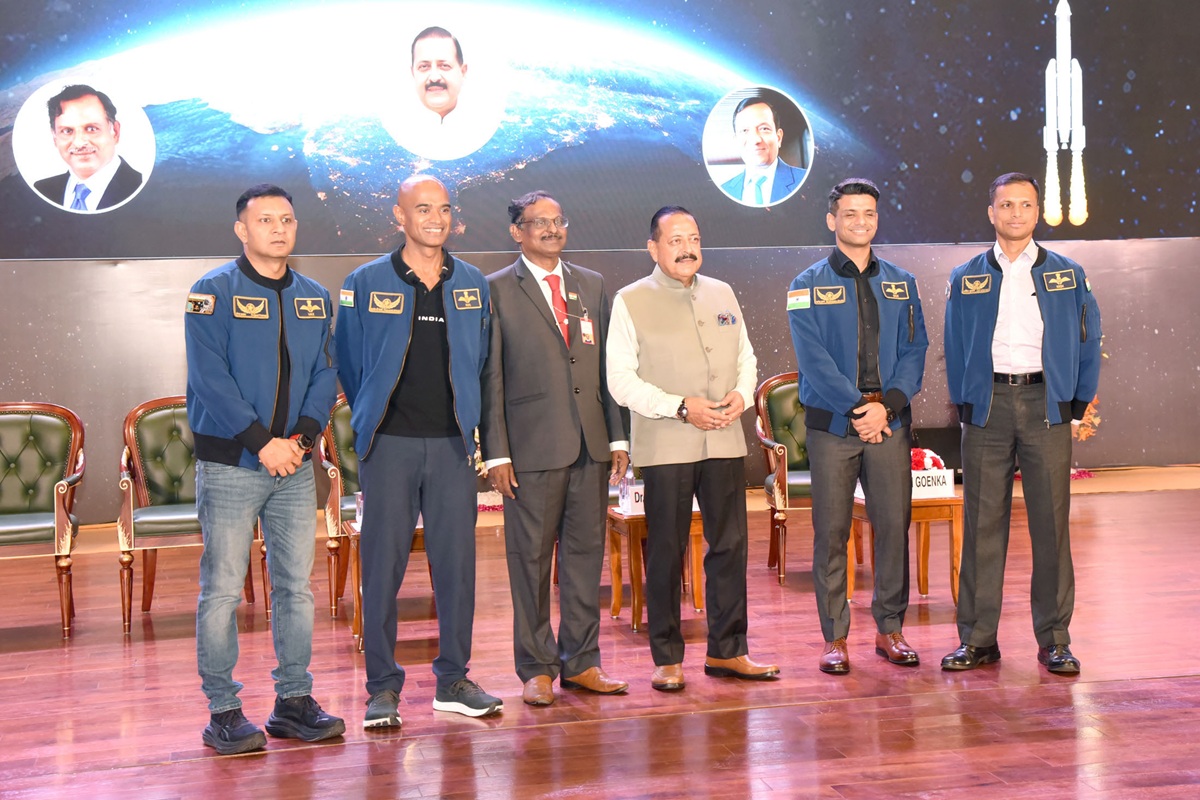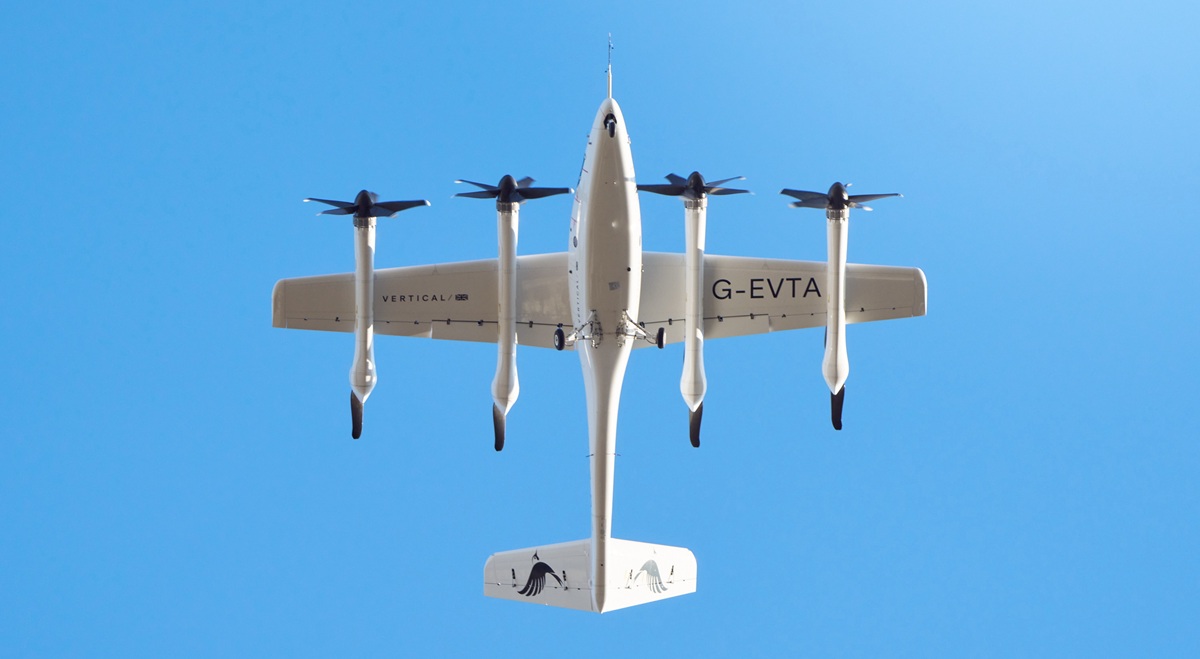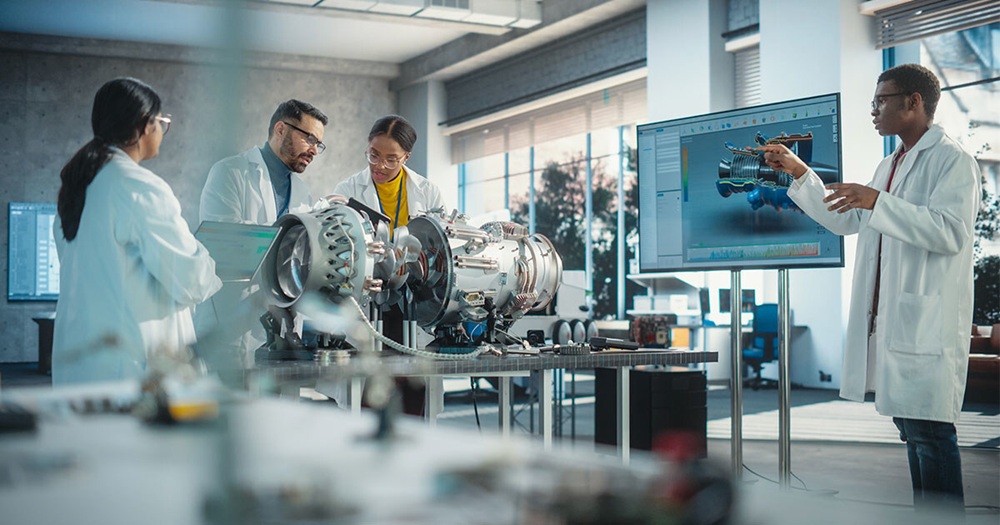New Delhi, August 24, 2025: India’s ambitions in space leapt to the forefront once again as the country marked National Space Day 2025 with a landmark event at Bharat Mandapam, New Delhi, where Union Minister Dr. Jitendra Singh unveiled an ambitious 15-year roadmap focused on technological advancement, self-reliance, and youth innovation.
In a keynote address blending scientific vision, poetry, and realism, Minister of State for Science & Technology and Earth Sciences (Independent Charge), Dr. Jitendra Singh, outlined a bold new chapter for India’s space sector. The minister announced that over the next decade and a half, India will launch more than 100 satellites, with an estimated 70% of them being small satellites—a move set to democratize space access and propel private sector participation to unprecedented heights.
Drawing on outcomes from the recently concluded National Meet 2.0 and reflecting on its decade-long journey since the original 2015 gathering, Dr. Singh described how the government, with robust private sector collaboration, compiled nearly 90 documents and 5,000 pages to develop this comprehensive vision. The roadmap, he said, places India at the threshold of a “transformative phase” wherein space is not just about rockets or symbolic achievements, but intrinsic to national progress and public welfare.
“Our achievements in space are a stepping stone to a larger vision — where science, innovation, and public welfare come together to build the nation’s future,” he declared, evoking the spirit of Viksit Bharat 2047 and reaffirming India’s aim of placing an astronaut on the Moon by 2040.
An Expanding Global Role and a Vision for 2040
Dr. Singh asserted that Indian leadership in space has undergone a seismic shift. Where once India was a follower, today “other nations look to India to add value to their missions.” The roadmap lays particular emphasis on leveraging space technology for food and water security, disaster management, environmental sustainability, and bolstering development at the grassroots—underscoring the socio-economic dividends of India’s space programme.
Quoting Prime Minister Narendra Modi’s 2014 vision of space-enabled governance, Dr. Singh observed that “India today has hundreds of start-ups developing space technologies, no longer confined to government labs but powering projects in citizen services, smart cities, infrastructure, and land management.”
Student Innovation Takes Centre Stage

A highlight of the National Space Day celebrations was the recognition of student innovators who claimed top honours at the Bharatiya Antariksh Hackathon-2025 and the ISRO Robotics Challenge – URSC 2025 (IRoC-U 2025). Over 61,000 students from across India participated in the Hackathon, with the top 30 teams engaging in an intense 30-hour grand finale earlier this month. Three winning teams were picked for their breakthrough solutions in geospatial science, imaging, and artificial intelligence.
The Robotics Challenge, themed “Fly Me on Mars,” pushed teams to engineer autonomous aerial systems suited for the Martian environment, inspiring the next generation of interplanetary explorers. Minister Singh celebrated these achievements, stating, “It is the imagination and ingenuity of our young minds that will power India’s infinite possibilities in space.”
Witnesses to History: Gaganyaan Astronauts and ISRO’s Coming Leap
Celebrations were amplified by the presence of the four astronauts preparing for India’s first human spaceflight under the Gaganyaan mission: Group Captains Prasanth Balakrishnan Nair, Ajit Krishnan, Angad Pratap, and Wing Commander Shubhanshu Shukla. These trailblazers, introduced to thunderous applause, have been immersed in rigorous training for their journey.

Dr. V. Narayanan, Secretary, Department of Space and Chairman, ISRO, offered a comprehensive overview of India’s Human Space Flight Programme. He underscored the milestones awaiting India: the recent successful launch of the indigenous NavIC satellite system, the upcoming Vayumitra human-robot mission later this year, and a schedule brimming with milestones—Chandramitra in 2028, Chandrayaan-4, a mission to Venus, and the construction of the Bharat Antariksh Station by 2035.
“We’re not just aiming for the Moon—we’re charting a course for the universe,” Dr. Narayanan proclaimed, reiterating that India’s foray into planetary exploration is as much about global leadership as it is about domestic empowerment.
A Celebration of Heritage: From Aryabhatta to Gaganyaan
This year’s theme, “Aryabhatta to Gaganyaan: Ancient Wisdom to Infinite Possibilities,” reflected India’s unique blend of tradition and innovation. Dr. Singh stressed how India’s space heritage, rooted in centuries-old curiosity and scientific inquiry, now converges with cutting-edge technology to tackle humanity’s greatest challenges—ranging from biotechnology to disaster resilience.
The experiments by Indian astronauts and researchers, he noted, will yield benefits “not just for India, but for all humanity,” reinforcing the country’s role as a trusted global partner in the new space age.
The Minister concluded his address by envisioning a symbolic moment: an Indian astronaut announcing “Viksit Bharat 2047” from the Moon’s surface in 2040, “sending a message around the universe that India has arrived.” With the private sector thriving, youth innovation on the rise, and national resolve unwavering, National Space Day 2025 was not just a commemoration but an inflection point—projecting India’s ascent toward infinite possibilities in space science, technology, and global cooperation.





